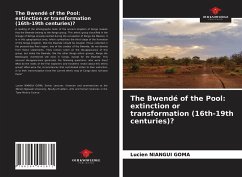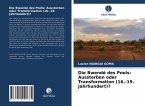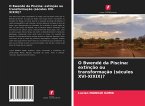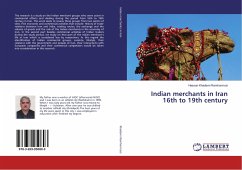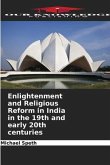A reading of the ethnographic texts of the ancient kingdom of Kongo reveals that the Bwende belong to the Kongo group. This ethnic group classified in the lineage of Nzinga already existed during the occupation of Kongo dia Mpanzu. It is in this geographical area, which symbolises the third stage of the formation of the Kongo kingdom, that the Bwende should be located. Those collected in the present-day Pool region, one of the cradles of the Bwende, do not deviate from these statements. They remain silent on the disappearance of this group, but make the Bwende, like the other Kongo ethnic groups, Kongo dia Ntotilaupes inventoried still exist in Congo, except for the Bwende. This unusual disappearance generates the following questions: who were they? What do the notes of the first explorers and travellers reveal about this ethnic group? What were the circumstances that contributed either to their extinction; or to their transmutation since the current ethnic map of Congo does not bear them?

